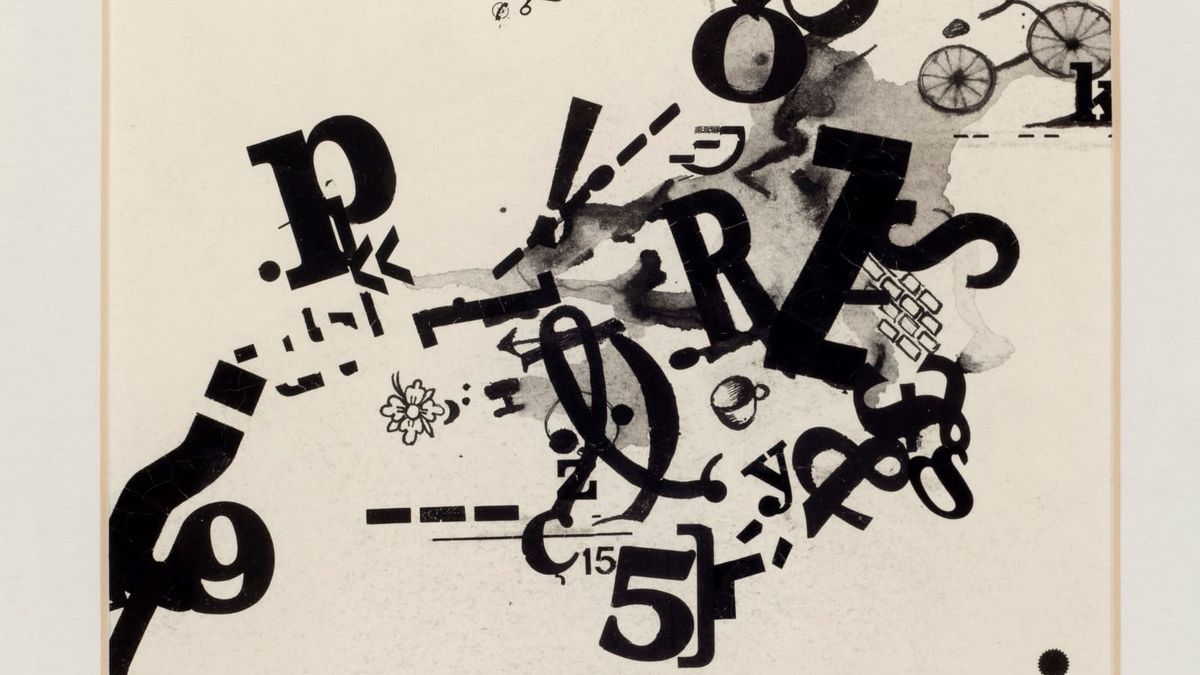With the curatorship of Cintia Mesa and Javier Villa a joint sample of Margarita Paksa (1932-2020) and Matilde Marín; The first, outstanding figure of Argentine conceptualism.
It is worth remembering that conceptualism dates back to 1917 with Marcel Duchampa movement that gave greater importance to the idea or concept behind the work of art than to its material or aesthetic realization. Among the outstanding international artists are JOSEPH KOSUTH, SOL LEWITT, JOHN BALDESSARI, The three born in the United States, the Japanese On Kawara who lived in New York and his ideas about the dematerialization of art, the importance of the idea, criticism of the art system, have had great influence on contemporary art.
An important retrospective of Paksa In the Modern of 2012, it allowed us to enter several periods of his work, significant for the conflictive in the political-social order, of rupture and rebellion in artistic development. That exhibition synthesized the vast work of an artist with an unbeatable position against all totalitarian and antidemocratic bias.
Cartoonist, ceramist, sculptor, disciple of Ernesto de la Cárcova and José Fioravanti. He exercised teaching and his contact with the new generations was stimulating, which motivated that he turned to the plastic material, was the winner of the View and Estimate Prize in 1967 for his work “Diagonal and Corrientes”steel, acrylic, light, resulted in the beginning of the dematerialization of the object by introducing light. It was 500W, 4635 K 4.5 cycles presented at Di Tella, a dark room, a beam of light marked the direction that the visitor should follow while listening to electronic sounds. The experiences made by this artist whose work corpus caused reflection, were cryptic, bothering, we sensed that a revolution in the Argentine artistic field, a time of openness towards the new experiences that were being carried out internationally, are countless.
Paksa He ventured into semiotics, is a reference for technology, did not undergo “the new” or the art market, made visual poetry. In the text of the current sample “Alternate currents”, Curators point out that “Paksa It challenges language as technology of power and its transparent acrylics allude to the silent, the impossibility of expression, silence is structure. ”
In the catalog cover of the Museum of Modern Art is on its back with a barcode in the neck, a way of saying no to the culture of the show determining that neither she nor her art would never be merchandise. Work to be decoded, therefore, the expression of cold conceptual art has been coined, in the words of the British philosopher, Peter Osborne (1958), specialist in conceptual art.
And where is the hot conceptual art in this exhibition? In the poetic work of Matilde Marínalso an artist of vast trajectory that began as a recorder and that until December he was president of the National Academy of Fine Arts during the 2022-2024 period.
Was part of group 6 integrated in 1984 by Olga Billoir, Alicia Díaz Rinaldi, Zulema Maza, Graciela Zar, Mabel Eli that faced the engraving thanks to their creativity and renewal. At some point Marín expressed his intention to release the technique, use it pictorially. Later it appeared “Creation myths”artist’s book that referred to the origin of the universe, the sea, the earth, man, language “Everything has been given to me on trips”declares the artist, registering with her camera what surrounded her and with her observer eye.
We remember your photographic project “Pharus”started in 2005 in which he recorded different headlights around the world, a relevance project that would be long to list in this note, videos, video facilities on the shadow, the footprint, the smoke that Marín, as a archivist has collected from journalistic photos.
This is reached “When I divise Itaca’s blue smoke” Posted in 2012, texts of its authorship, José Emilio Burucúa and a CD, music from Marta Lambertini. A chronology in which smoke is the main protagonist that alludes to smoke and the gods, the representation of smoke according to Leonardo Da Vinci, “The landscape in the industrial revolution”, “Gas and smoke in the trenches of World War I”, “The Auschwitz smoke” And a poem of Jacques Prévert “smoke and farewell”
The curators point out that in Paksa silence is structure; in Marínatmosphere. Both artists work with minimal strategies.
The art of Marín It is related to its sensitivity, an image alerts to changes as it has been demonstrated throughout its trajectory.
Quintana 325. Monday to Friday from 11 to 17.
Source: Ambito
I am an author and journalist who has worked in the entertainment industry for over a decade. I currently work as a news editor at a major news website, and my focus is on covering the latest trends in entertainment. I also write occasional pieces for other outlets, and have authored two books about the entertainment industry.




